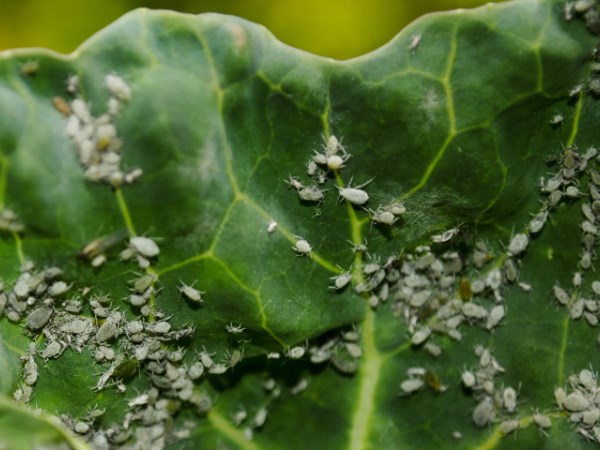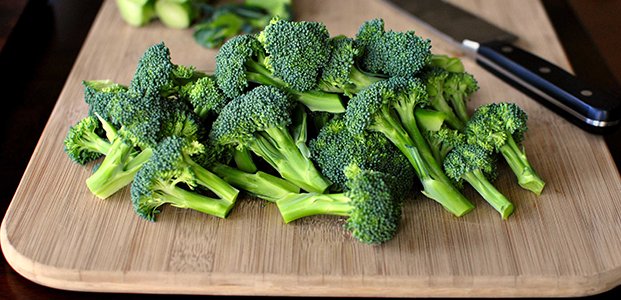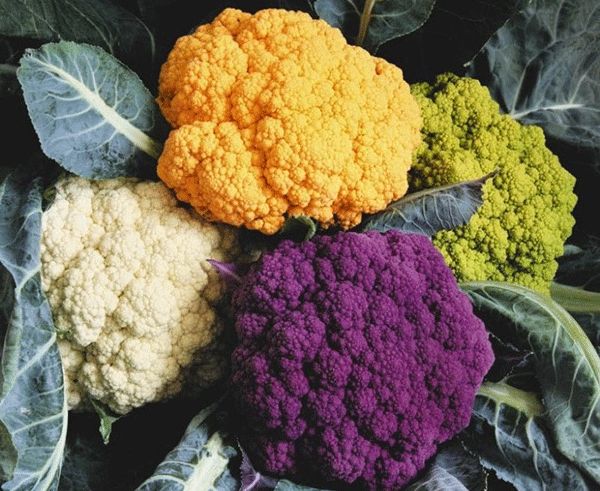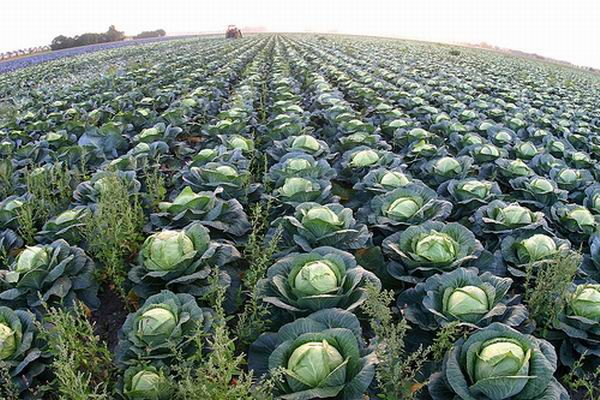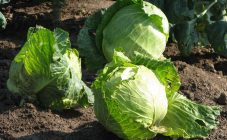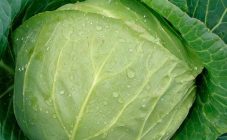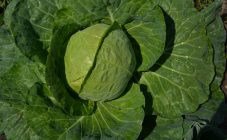Content:
It is common for all garden crops, including cabbage, to be subject to various types of diseases. This leads to large crop losses and expenses for the purchase of medicines. To avoid all this, it is recommended to timely carry out preventive measures at the site. Cabbage can suffer not only because of diseases, but also because of the attack of various harmful insects (cabbage, cabbage flea, cabbage scoop, etc.). All the problems that a cabbage lover may face are described in this article.
Diseases of cabbage and measures to combat them
Pesticides for processing cabbage are not very suitable, since the edible leaves are above the ground, and therefore, under the influence of such agents, irreparable harm will be done to the taste of the vegetable. Poisons can be dangerous to human health, because the leaves absorb these substances, they accumulate and are not removed from the plant. It is preferable to carry out prevention in a timely manner or use traditional methods. Next, the diseases of white cabbage and methods of dealing with them will be considered.
Mucous bacteriosis
Most often, the disease affects already harvested vegetables that are in storage. Occurs when the temperature regime is violated.
The disease can develop in two scenarios:
- decay of the outer sheets (an unpleasant odor begins to appear, then the stump rots);
- the head of cabbage rots with the formation of mucus and damage to the deciduous part.
For the treatment of this cabbage disease or preventive measures, it is recommended to plant hybrid varieties that are immune to the disease, destroy pests as long as the crop grows, observe crop rotation, disinfect storage sites for crops, mandatory temperature control, processing seed material before planting, processing seedling roots "Fitoflavin-300".
Vascular bacteriosis
This disease can affect cabbage at any stage of growth. It gets into the garden thanks to insects. Often occurs during prolonged damp, rainy weather. The affected leaves begin to turn yellow and the veins turn black. The next stage is complete darkening of the leaves and their death.
The following are taken as preventive and therapeutic measures:
- planting hybrid varieties that are considered more resistant;
- planting cabbage in this place after 4 years and not earlier;
- timely weed removal.
For treatment, the following method is used: solution "Binoram" - 1%, spraying seedlings with "Fitoflavin-300" - 2%, applying the same solution to the root system. Garlic infusion is used to process seed material before planting.
Cabbage mosaic
This cabbage disease refers to viral infections carried by weeds that are affected by aphids. Affected cabbage has light streaks, then the growth of the head stops, and the leaves become wrinkled.
Among the preventive measures, the most effective are:
- destruction of aphids;
- timely weeding of the beds.
Black spot (Alternaria)
Very often, the disease appears where the seedlings and the harvested crop are stored. The seedlings are black spots and stripes, and then wilting occurs. Mature plants also become mottled. Along with this, a soot-like plaque appears. When a head of cabbage gets inside, the deciduous part of the vegetable is affected.
As a preventive measure, the following measures are used:
- seed material must undergo hydrothermal treatment;
- it is necessary to follow the rules and timing of crop rotation;
- weed weeds regularly;
- during the growing season, copper-containing preparations (HOM, Abiga-Pak) can be used for spraying.
What are cabbage seedlings sick with?
Considering the diseases of cabbage seedlings, one cannot fail to mention the black leg. This disease appears due to too much moisture in the soil layer where the seedlings are planted. Additionally, they provoke the disease: lack of lighting and low temperatures. The disease is very contagious - through the root system, this disease affects all plants.
Soil, seed material, planting may contain blackleg pathogens. At the same time, the fungus remains active for a long time. This means that the seedlings that have fallen into the contaminated soil will already be unhealthy.
Blackleg can be prevented before the seeds are sown for seedlings. The seeds are disinfected using a manganese solution or heat treatment. Additionally, the soil is treated with colloidal sulfur and potassium permanganate.
Some diseases of cabbage seedlings occur at home solely due to the negligence of people. Some take the land for seedlings directly from the garden, without even trying to disinfect it. Others bring soil from the forest, completely unaware of what and how it grew in this place earlier.
This disease can be noticed by the darkening and thinning of the stem of the sprout near the root system. If a black leg is detected, it is necessary to remove all diseased plants along with the root system, soil and healthy seedlings in the affected area. This place is processed with potassium permanganate.
Why broccoli is sick
This variety of cabbage is characterized by almost the same ailments as for the white-headed relative. As for the description, the following will be considered the most common diseases.
Keela
When affected by this ailment, spherical growths with a brown color appear on the upper part of the heads of cabbage, and then the process of decay begins. The diseased bush begins to dry out, and in comparison with healthy representatives, it is underdeveloped.
Saving the affected plants is pointless, broccoli must be removed and burned.
To prevent the onset of the disease, in the beds where broccoli previously grew, they are planted:
- spinach;
- bow;
- beets;
- garlic.
For several years, these crops clear the soil layer about pathogens.
Belle
Another disease of broccoli is lesions. Leaves, testes, pedicels and shoots are covered with a bloom that looks like oil paint. Then these parts turn brown and begin to dry. The leaf plates swell and bend.
The more cauliflower
Vascular bacteriosis is a disease that often affects this plant. Infected cabbage has purple foliage with a yellow center. The leaf begins to curl, and the stack acquires a dark lilac color. Infection with bacteriosis at the initial stage of ripening leads to the fact that the fruits stop forming and dry out very quickly. Insects are carriers of vascular bacteriosis, and therefore the fight against them is one of the preventive measures to prevent the development of the disease.
Among the diseases of cauliflower, one cannot ignore the ailments affecting the seedlings of this vegetable crop.
Diseases of cauliflower seedlings
Cauliflower seedlings suffer from jaundice or fusarium wilting. The disease can affect both seedlings and seedlings already planted on the site. The disease has a fungal nature, penetrating into the vascular system, it affects the stem, and then does not allow nutrients and moisture to circulate freely.
Infected cabbage leaves turn green-yellow, in most cases only one side of the leaf is affected. Dark spots appear on the yellow background.
If you make a cross section of the stem and petiole, then the vascular ring will have a brownish-light color, even if the disease is rather poorly developed. Fall of the affected foliage and ugliness of the head are observed.
Preventive treatment of cabbage can prevent most diseases, and the owner can save his harvest. Therefore, the gardener is advised to regularly inspect the beds for symptoms of a particular disease.
